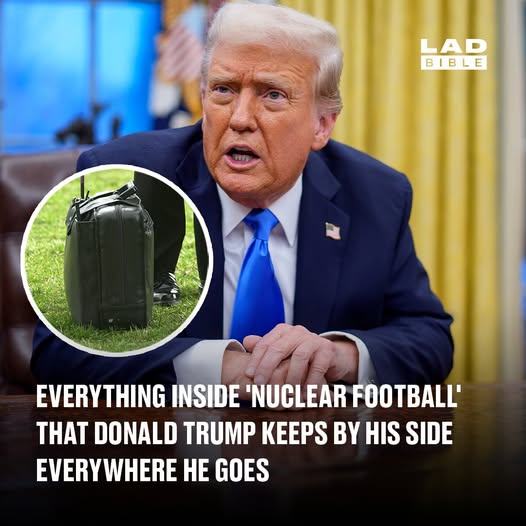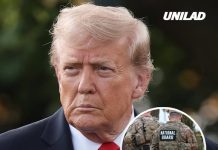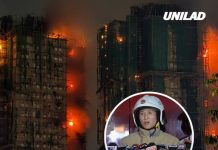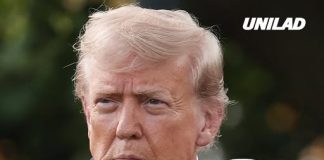It might sound like something out of a spy thriller, but the “nuclear football” is very real—and it’s never far from the President of the United States. Despite the nickname, it isn’t a ball at all, but rather a heavy, leather-bound briefcase that follows the president wherever he goes, whether he’s in the White House, on Air Force One, or delivering a major address. Donald Trump, now back in office as the 47th president, remains closely guarded by an aide carrying this briefcase. Though he doesn’t physically carry it himself, it’s always nearby, ready in case the unthinkable becomes necessary.
What’s Actually Inside the ‘Football’?
Officially known as the President’s Emergency Satchel, the nuclear football contains the tools needed to authorize a nuclear strike at a moment’s notice. According to former officials and declassified reports, the contents include:
- Authentication codes that prove the president’s identity.
- A communication system for secure contact with military leadership.
- A menu of pre-planned nuclear strike options, outlining potential targets and strategies.
- A manual of emergency procedures in the event of a catastrophic event.
Despite the myths, there is no “red button” inside. The president doesn’t launch missiles with a single push. Instead, it’s a complex and sobering process involving multiple layers of verification.
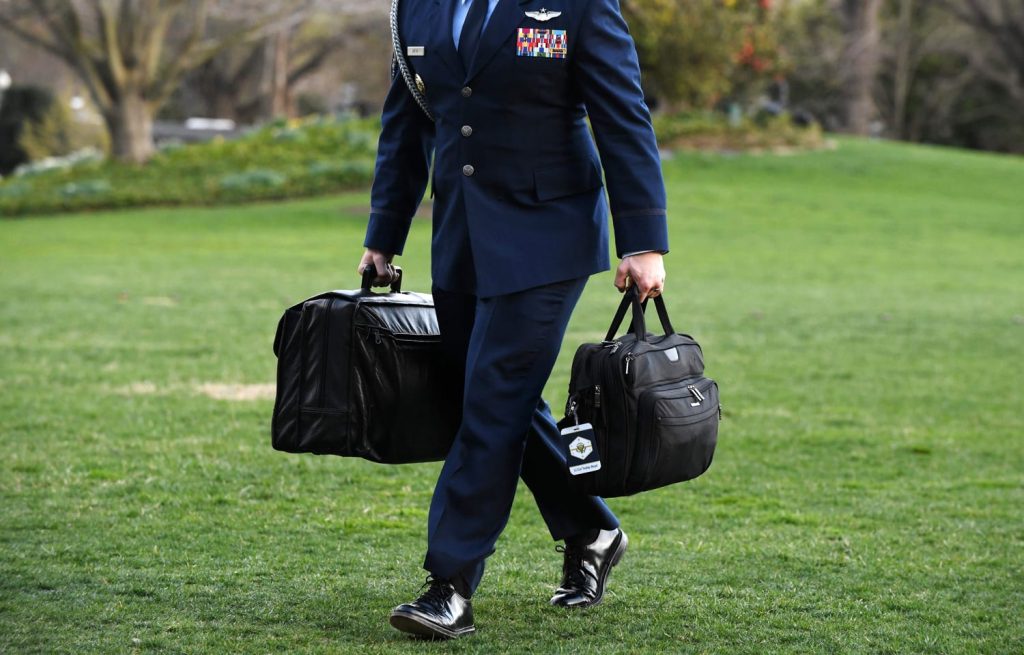
The “Biscuit”: A Key to Catastrophe
Separate from the football is something referred to as the “biscuit.” This isn’t a snack, of course, but a small laminated card containing the president’s personal nuclear identification codes. Trump, like every commander-in-chief, must use the biscuit to confirm his identity before giving the launch order. This step ensures that any nuclear strike is unquestionably authorized by the sitting president. Once verified, the order goes to the Chairman of the Joint Chiefs of Staff, then on to U.S. Strategic Command, and finally to individual launch teams who also verify codes stored securely at their stations.
The chain of command is fast and tightly controlled—once initiated, the process moves within minutes.
Trump’s Own Words on the Gravity of the Role
During his first term, Trump remarked in an interview with ABC that holding the power to launch a nuclear strike was a “very, very scary” responsibility.
“When they explain what it represents, and the kind of destruction that you’re talking about, it is a very sobering moment,” he said.
Despite these words, his return to office has reignited debates over whether one person should hold the unilateral power to start nuclear war.
Calls for Checks and Balances
Upon Trump’s re-inauguration, Senator Edward Markey and Congressman Ted Lieu renewed their calls to limit the president’s sole authority to launch nuclear weapons.
“We must put guardrails on presidential authority to start nuclear war,” they said. “We must never again entrust the fate of the world to just one fallible human.”
Their proposed legislation would require Congressional approval before any first-use nuclear strike, ensuring the decision is deliberated—not made in isolation.
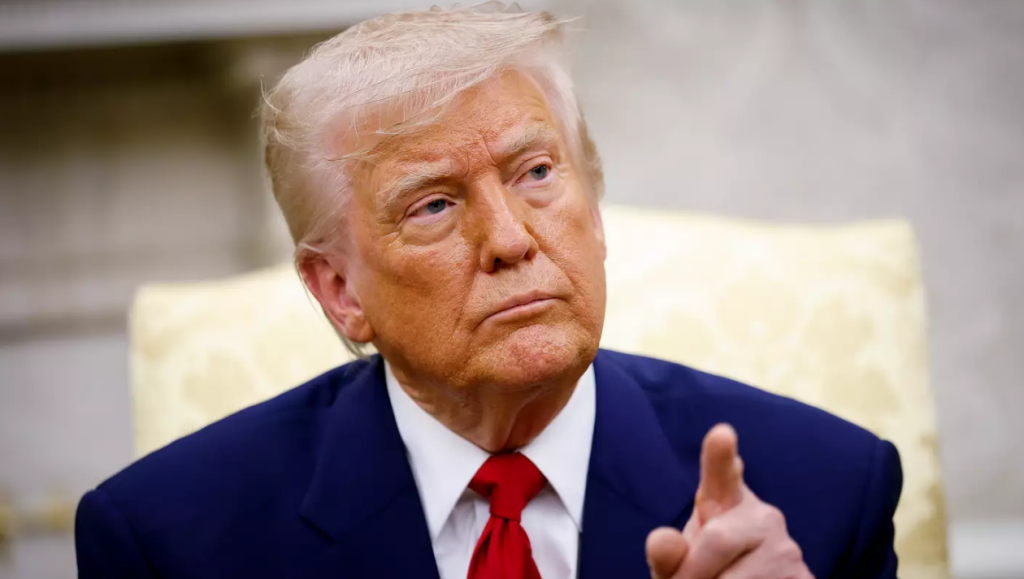
The Threat of Nuclear War: A Grim Scenario
Experts have long warned about the catastrophic consequences of nuclear war. Annie Jacobsen, author of Nuclear War: A Scenario, estimates that up to five billion people could die within 72 hours of a full-scale nuclear exchange.
Jacobsen described in vivid detail how a single megaton bomb could vaporize cities, ignite firestorms, cause radiation poisoning, and throw Earth into a nuclear winter.
“The initial thermonuclear flash burns everything within a nine-mile radius. Radiation kills many more in minutes, hours, and days,” she explained.
Final Thoughts: Power With Responsibility
The nuclear football remains a symbol of both supreme power and immense responsibility. As Donald Trump returns to the global stage with the authority to wield it, the debate surrounding nuclear policy and presidential power becomes more relevant than ever.

